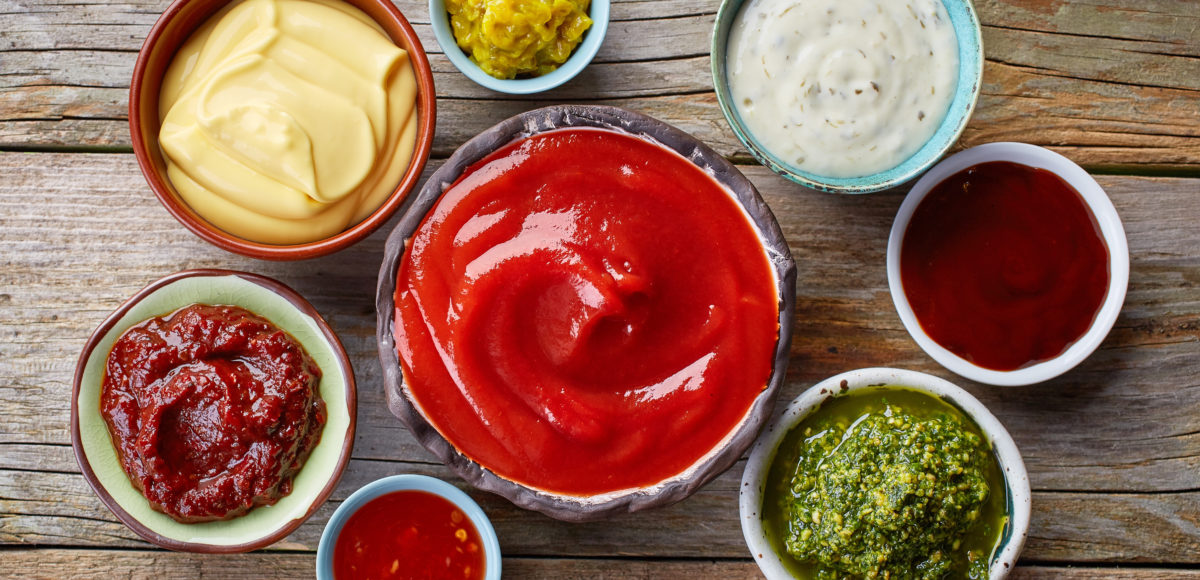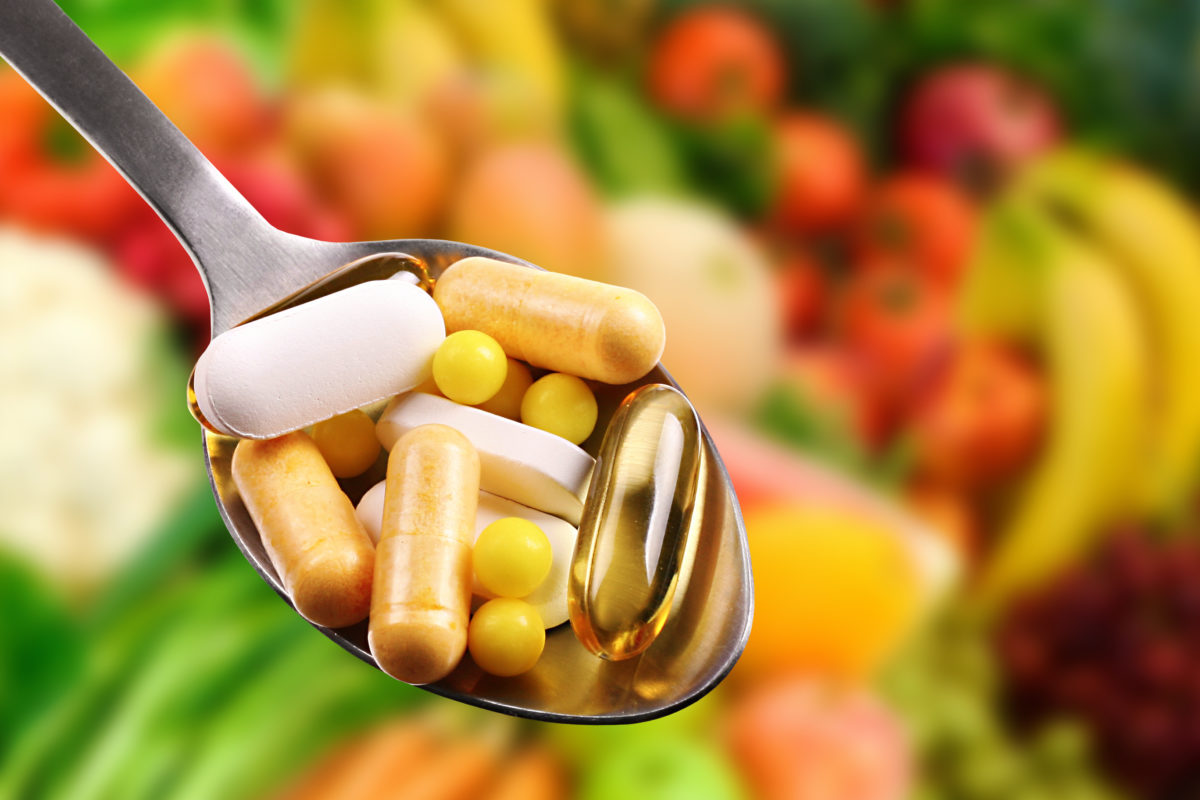So many of us watch what we eat, paying attention to labels and nutritional facts when it comes to our food choices. Yet so many of us ignore the facts about our condiments.
Perfect example: my son can use up to a half cup of ketchup between his dinner of a chicken sandwich and fries. With a whopping 4 grams of sugar per tablespoon, that amount of ketchup is enough to cause an unhealthy sugar spike.
If I pay enough attention to what my child eats to give him antibiotic-free, organic meat and baked, whole sweet potato fries, why do I ignore what is in the condiments he eats every day?
Turns out most of us do. Here is a quick cheat sheet of what you can consider replacing your “traditional” condiments with, if you so choose.
This isn’t a plea to throw out your ketchup; rather it is giving you an educated choice every day. Remember, it is all about moderation.
SWAP OUT THIS: Peanut sauce
FOR THIS: Tahini
Creamy and delicious, peanut sauce is of course packed with sugar. Typical store bought 3.5 grams of fat and 3 grams of sugar in just 2 tablespoons – yes that is a lot! Especially because most people use much more than that 2-tablespoon serving size.
Tahini is simply toasted and ground hulled sesame seeds with a little oil. In its 2 tablespoon serving, you get 5 grams of protein, calcium, iron, B vitamins and it’s a great source of omega-3-fatty acids! All that with less than 40 mg of sodium!
Brands to try: Artisana, Soom, Kevala. Avoid brands with added oils, additives or sugar.
How to use: Whip into salad dressings, dips or spreads such as hummus. Drizzle onto roasted vegetables, add to smoothies for more protein, or bake into brownies and vegetable burgers.
SWAP OUT THIS: Regular barbeque sauce
FOR THIS: Lower-sugar barbecue sauce
Most barbecue sauces are a 1-2 punch of sugar and sodium in the recommended two-tablespoon serving. The fact that it is so full of sugar and salt is why most of us can’t limit ourselves to just 2 tablespoons!
With summer grilling season coming, try one of these BBQ sauce brands to marinate your meat.
SWAP OUT THIS: Soy sauce
FOR THIS: Liquid amino acids or Tamari
Soy sauce is traditionally high in sodium, and even the low sodium version is full of gluten.
Liquid aminos is a gluten-free, soybean-based seasoning. Try sprinkling it on everything from salads to roasted veggies to meat dishes for a salty kick.
Tamari is a gluten-free version of soy sauce, and the low-sodium variety tastes just as good (really!). Try using it as you would with your sushi.
SWAP OUT THIS: Coleslaw
FOR THIS: Kimchi or Sauerkraut
Most coleslaw is made with mayonnaise and full of fat and calories. Sometimes I can find “healthy coleslaw” made without mayonnaise, but it is hard to find.
I was first introduced to kimchi by my Korean roommate in medical school. It has less way less calories than coleslaw, and since it is a fermented food, acts as a probiotic to help your GI tract absorb everything in it. Same goes for sauerkraut! Just a spoonful added to any sandwich adds a ton of flavor for not a lot of calories.
SWAP OUT THIS: Parmesan cheese
FOR THIS: Nutritional yeast
I know I know, I love cheese too! Parmesan cheese is very high in sodium (780mg in 2 ounces to be exact)! Also, many people limit dairy or try to avoid it altogether due to its potentially inflammatory effects.
Nutritional yeast is a deactivated yeast that is full of nutrients like protein (it has all 9 essential amino acids!), B vitamins, and zinc. Next time you would sprinkle parmesan on a dish or salad, try this instead!
As for Ketchup? I have yet to find a lower sugar brand that my kids won’t throw at me in disgust. If anyone out there has found a brand their family will accept as a replacement please pass it on!
Meanwhile, I just focus on serving size and remind them they’d probably rather get their sugar fix from the occasional dessert than from pounds of ketchup each week!
Don’t forget the Wasabi!
I love spice, and this Japanese horseradish paste adds a kick to anything! 100 grams of wasabi has only 100 calories and 1 gram of saturated fat. It is also full of fiber, protein, and many essential minerals like calcium, magnesium and iron.
Wasabi isn’t just for sushi! You can add it to tons of dishes, including meat and fish before cooking.
 English
English French
French German
German






